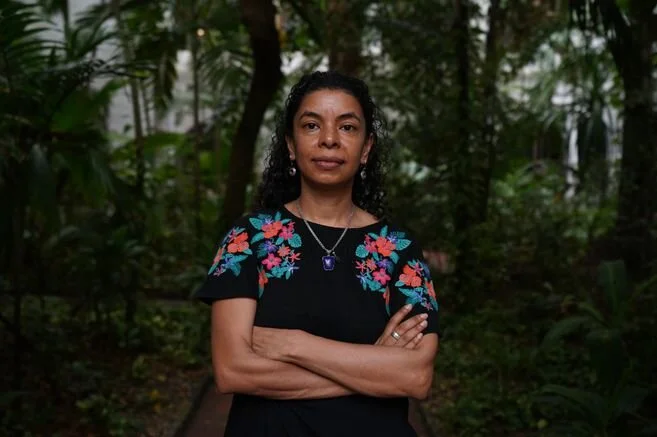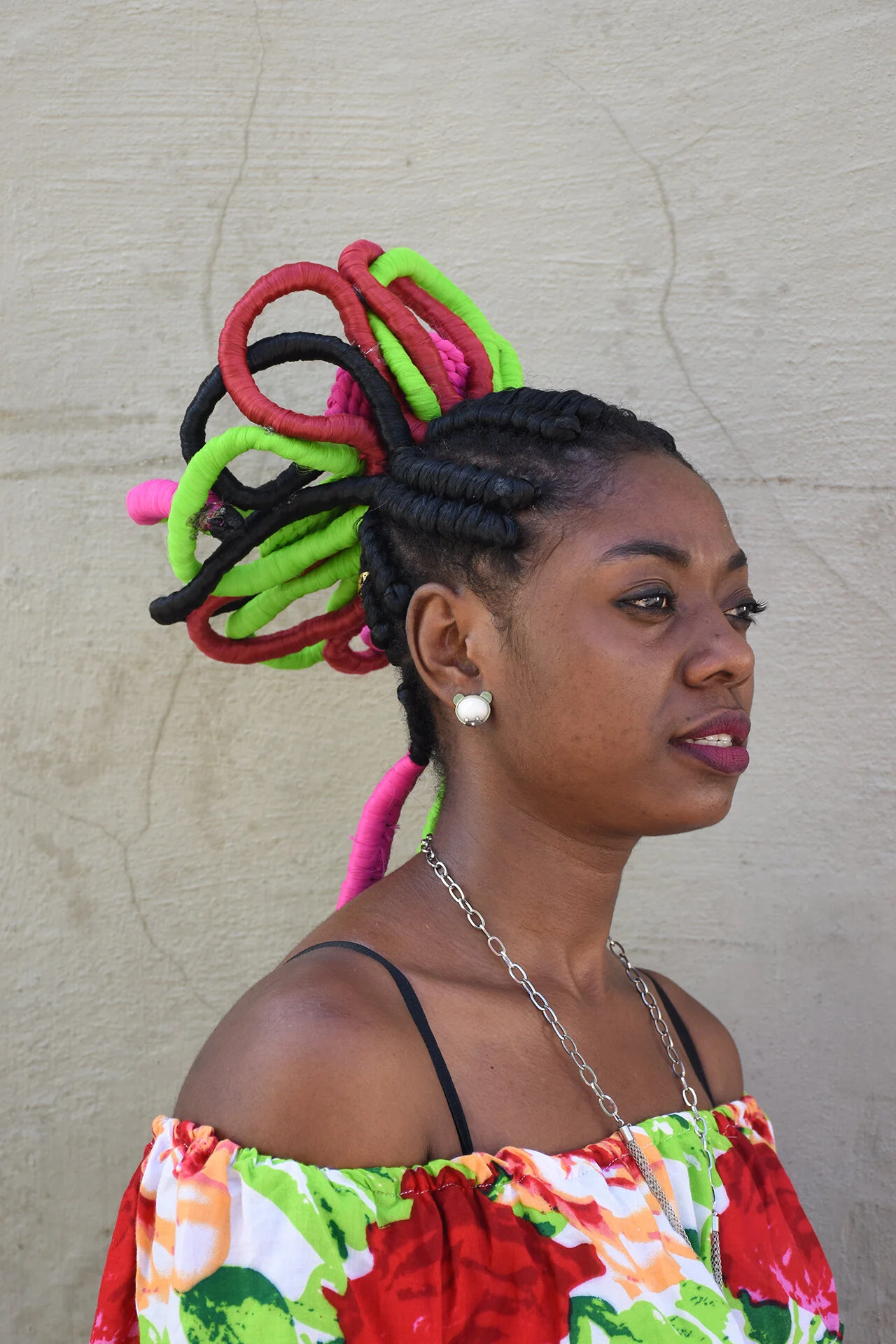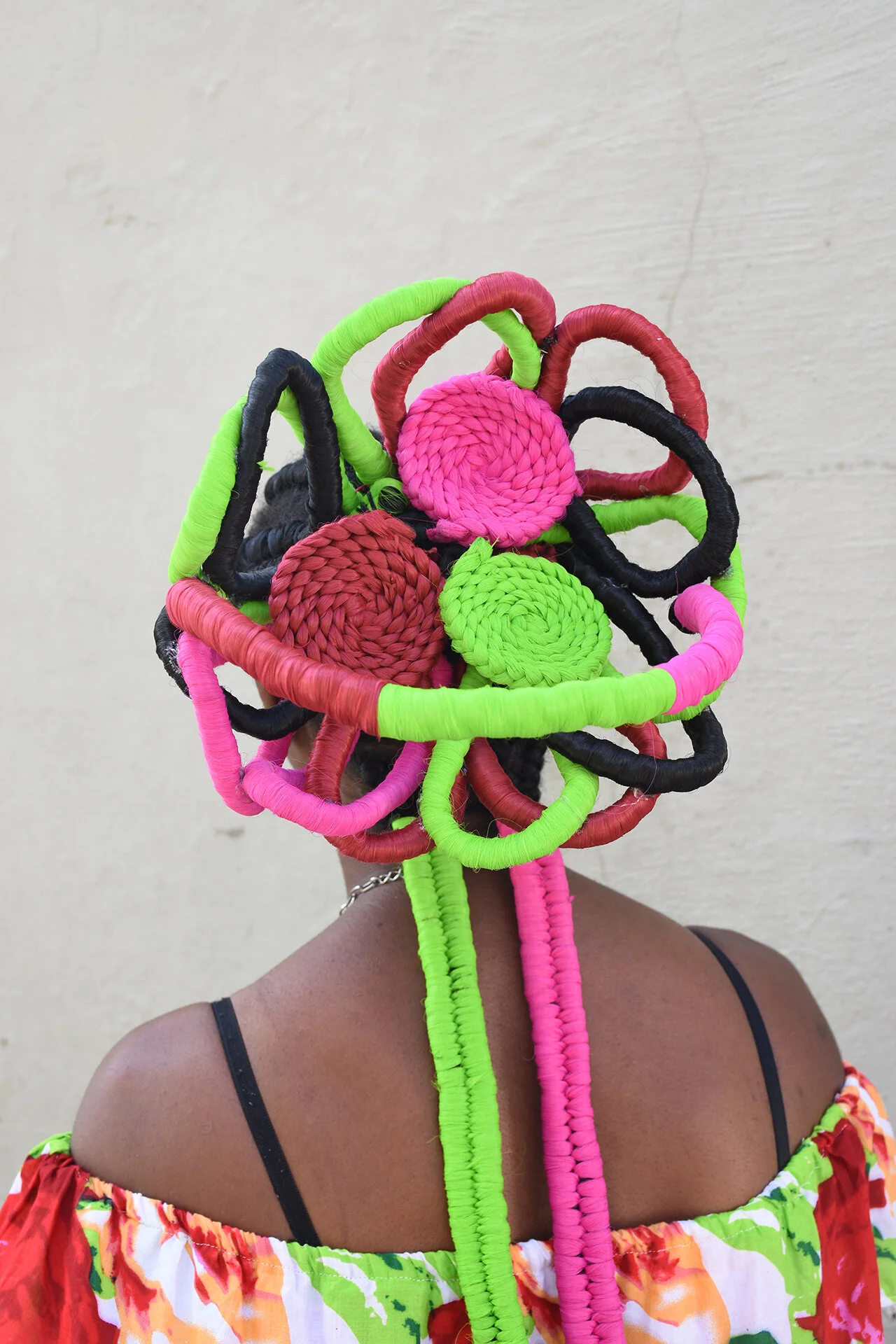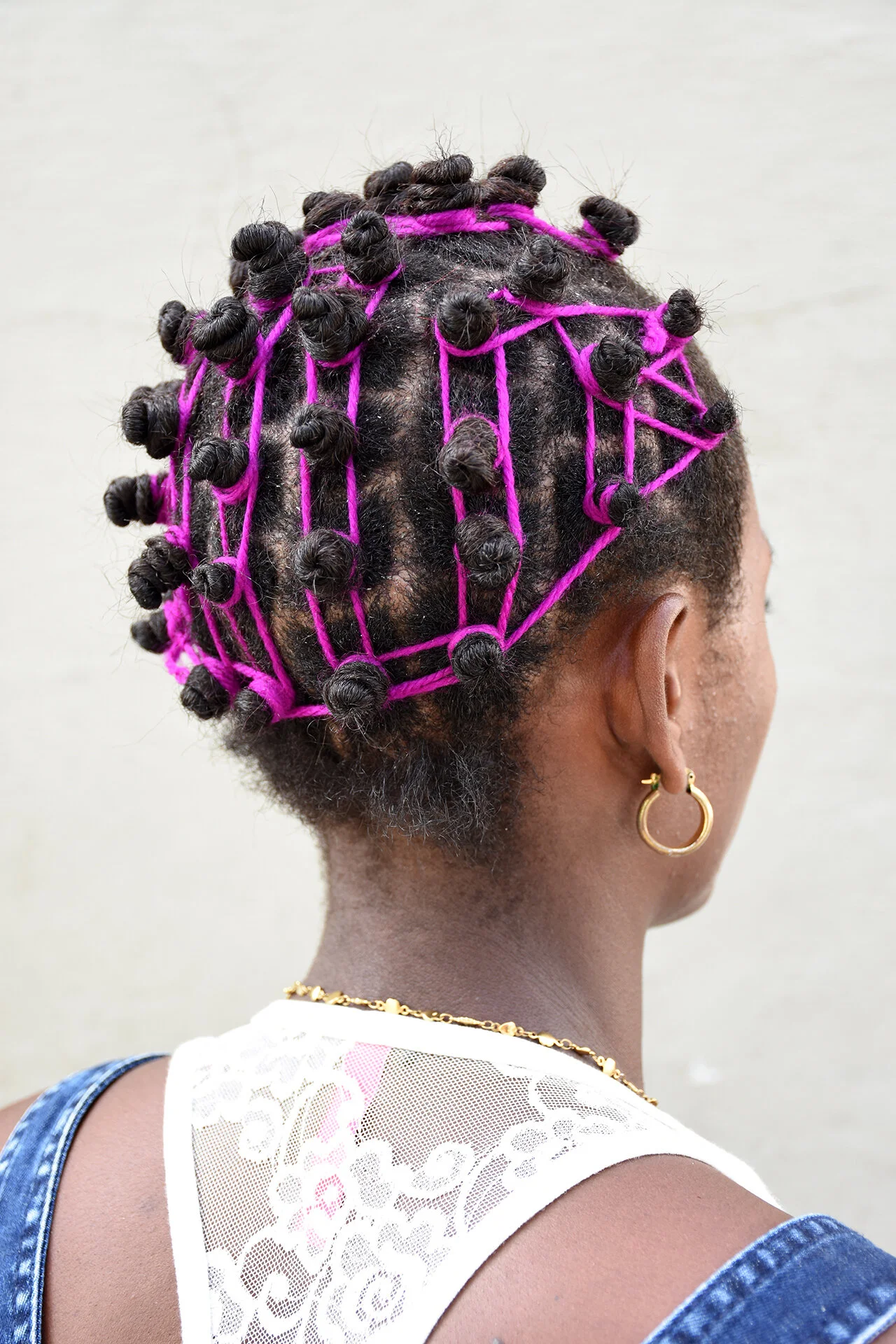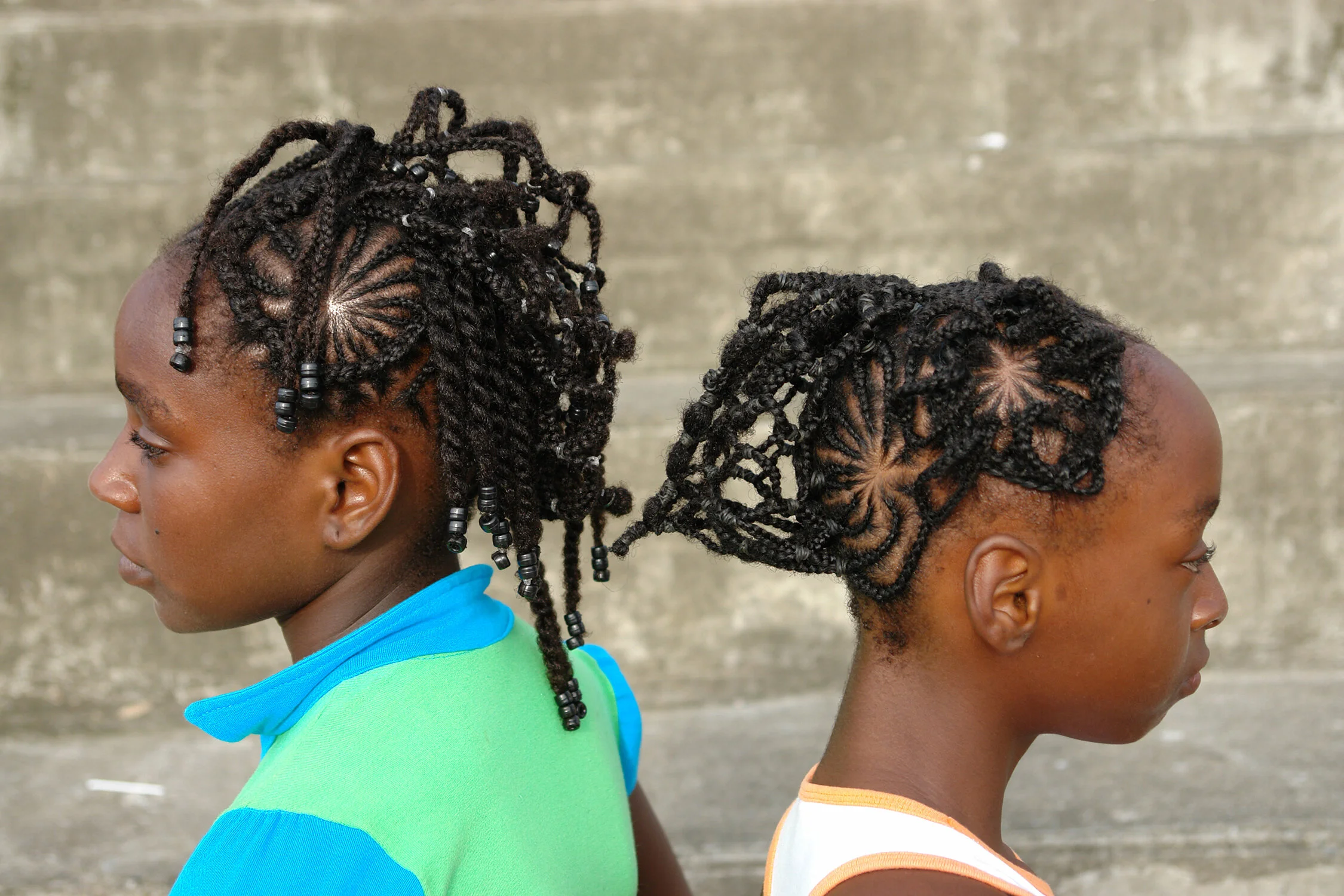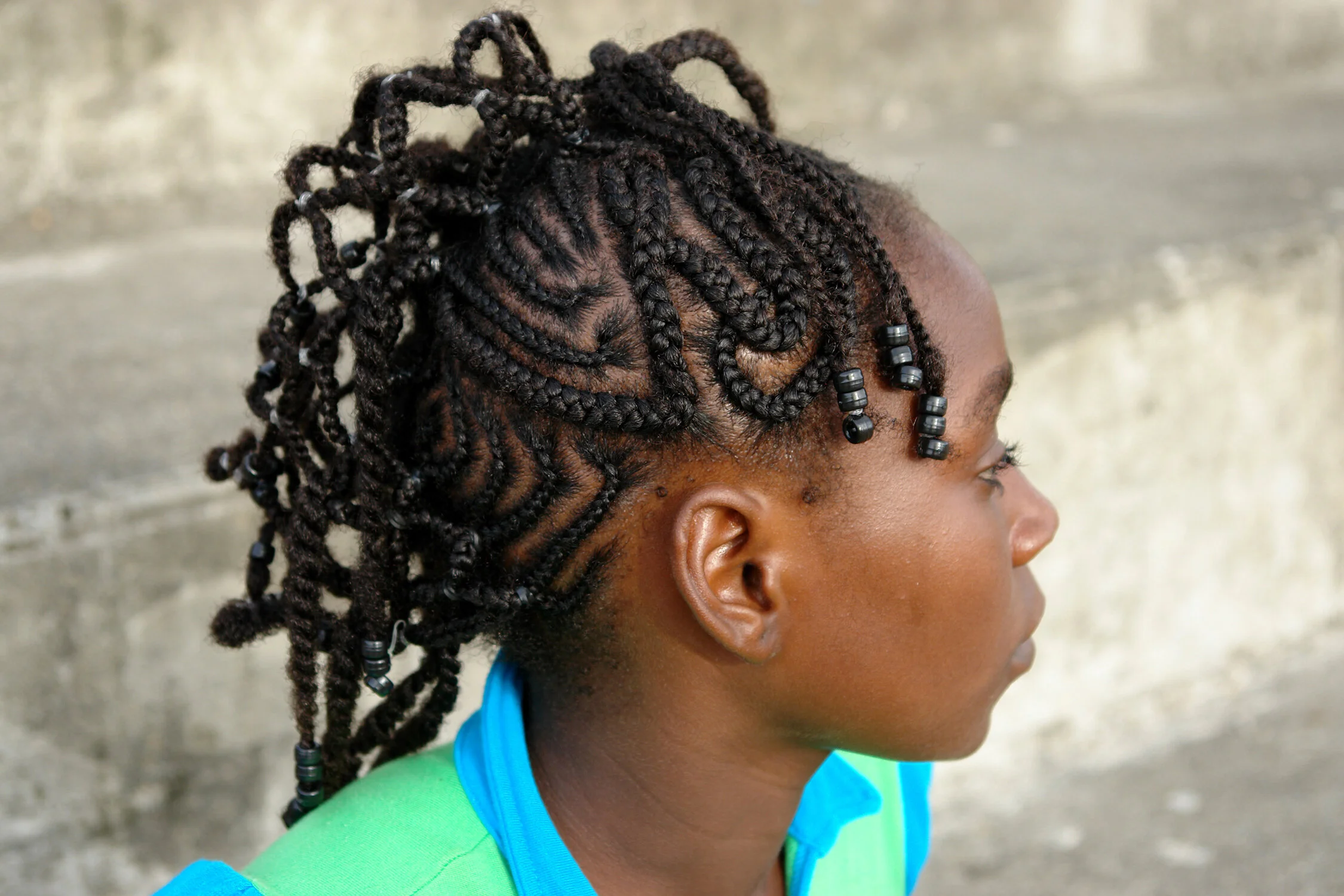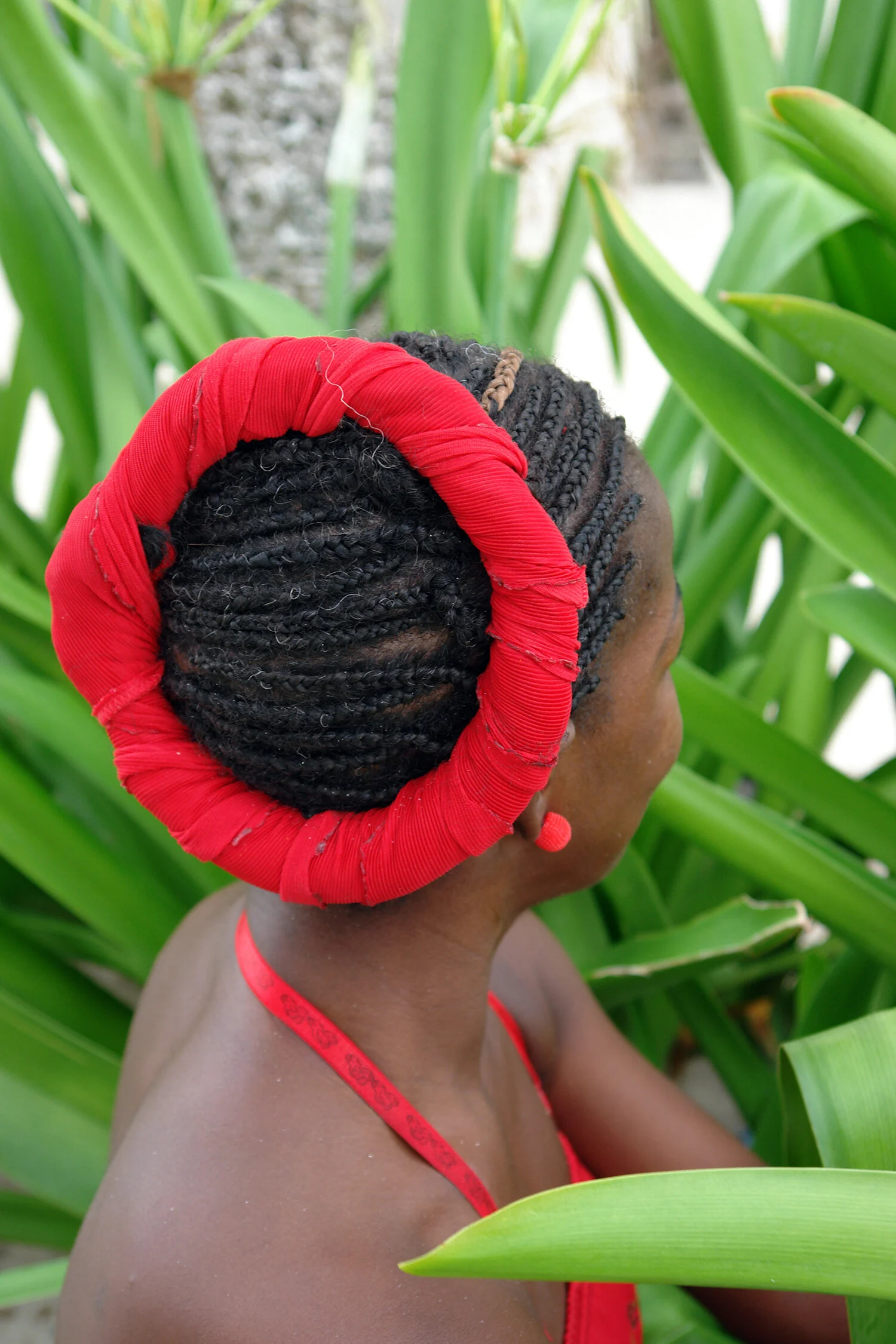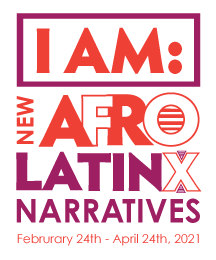Liliana Angulo Cortés (Colombia, 1974)
Liliana Angulo Cortés (Colombia, 1974)
Liliana Angulo Cortés is an Afro-descendant plastic artist, born in Bogotá. She graduated from the Universidad Nacional de Colombia and has a Master of Arts from the University of Illinois at Chicago (Fulbright Scholarship). She has worked in different regions of the country seeking to contribute to the struggles of Afro communities from a collective point of view and from a critical artistic practice that weakens the structural manifestations of power based on social inequality.
She explores memory and power from issues of representation, identity, discourses of race and development. She investigates the body and the image from issues of gender, ethnicity, language, history and politics; She investigates these underlying issues from performative practices, cultural traditions, cases of historical reparation and direct collaborative work with social organizations. She has solo and group exhibitions in Colombia and internationally in Europe, Asia, America and the Caribbean. Understanding artistic practice as an integral one, she works in all dimensions of the artistic field. She has worked with the Culture Sector in the city of Bogotá.
Liliana Angulo Cortés’ work investigates discourses and archives on resistance, reparations, and the presence of the Afro-Colombian population in order to account for the power dynamics surrounding the image, territory, race, and body of Black women. In her practice Cortés has sought to use photography, installation, and sculpture to question stereotypes and express the multiplicity of Blackness, countering the objectification and simplification of Afro-culture in the mainstream.
In her series, Project Quieto Pelo, Angulo Cortés documents the global sense of identity of the African diaspora via braided hair designs in Colombia, other countries from Latin America, and the US, uniting people from these distinct areas, despite their linguistic and cultural differences created by colonialism.
Liliana Angulo Cortés (Colombia, 1974)
La Canasta de la serie Quieto Pelo Tumaco, 2017
Peinadora: Neida Lucia Aragón
Modelo: Ana Lorena Cuero
Liliana Angulo Cortés (Colombia, 1974)
La Canasta de la serie Quieto Pelo Tumaco, 2017
Peinadora: Neida Lucia Aragón
Modelo: Ana Lorena Cuero
Liliana Angulo Cortés (Colombia, 1974)
Los Churos de la serie Quieto Pelo Tumaco, 2017
Peinadora: Susana Preciado
Modelo: Ana Milena Ponce Hurtado
Liliana Angulo Cortés (Colombia, 1974)
Los Churos de la serie Quieto Pelo Tumaco, 2017
Peinadora: Susana Preciado
Modelo: Ana Milena Ponce Hurtado
Liliana Angulo Cortés (Colombia, 1974)
Cresta con rollos y Cresta Floriada de la serie Quieto Pelo Quibdó, 2008
Peinadora: Dailyn Johana Ibargüen Palacios
Modelos: Maria Yolanda Murillo Ortiz y Merlin Palacios Palacios
Liliana Angulo Cortés (Colombia, 1974)
Cresta con rollos y Cresta Floriada de la serie Quieto Pelo Quibdó, 2008
Peinadora: Dailyn Johana Ibargüen Palacios
Modelos: Maria Yolanda Murillo Ortiz y Merlin Palacios Palacios
Liliana Angulo Cortés (Colombia, 1974)
Peinado Raizal de la serie Quieto Pelo San Andrés Isla, 2010
Peinadora: Elodia-Xiomara-Brock
Modelo: Elodia-Xiomara-Brock
Liliana Angulo Cortés (Colombia, 1974)
Peinado Raizal de la serie Quieto Pelo San Andrés Isla, 2010
Peinadora: Elodia-Xiomara-Brock
Modelo: Elodia-Xiomara-Brock
¡Quieto Pelo!
Proyecto de construcción colectiva sobre la tradición del peinado y el cuidado del cabello en las comunidades afrodescendientes.
Durante el tiempo de la esclavitud en Colombia los esclavizados fugitivos usaron los peinados como mapas de escape. Las trenzas y los diseños hechos en la cabeza se usaban como códigos secretos. El estilo trenzado llamado tropas fue utilizado para indicar que la ruta de escape era por tierra y el estilo llamado "espina de pescado" indicaba una fuga en el agua. Algunos estilos significaban rutas azarosas o peligrosas. Mientras se trenzaban los "sucedidos" (algo que pasaba) las personas de la comunidad aprendían sobre los acontecimientos en la mina o la plantación y las acciones a seguir durante la fuga. Se guardaban en la cabeza semillas y oro para sobrevivir en libertad.
“Quieto Pelo", es un proyecto de creación colectiva que tiene como objetivo documentar las tradiciones orales y las prácticas asociadas al peinado, el cuidado del cabello y las acciones políticas expresadas por medio del pelo entre las mujeres afrodescendientes de diferentes regiones de Colombia y de América Latina.
El proyecto propone la acción de peinar como un patrimonio cultural afro que es tanto un proceso estético, como un acto creativo y performativo.

